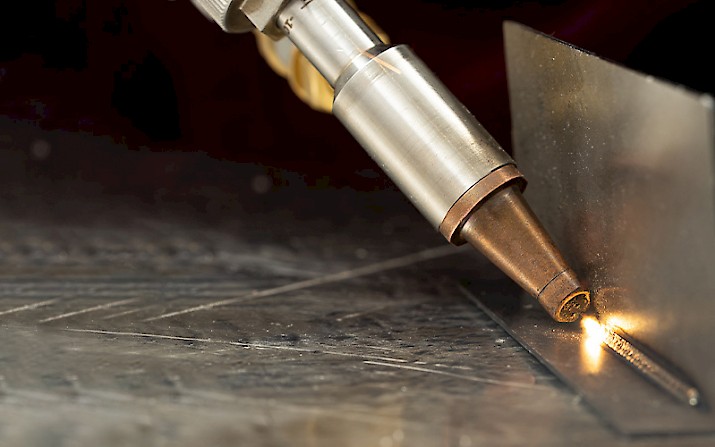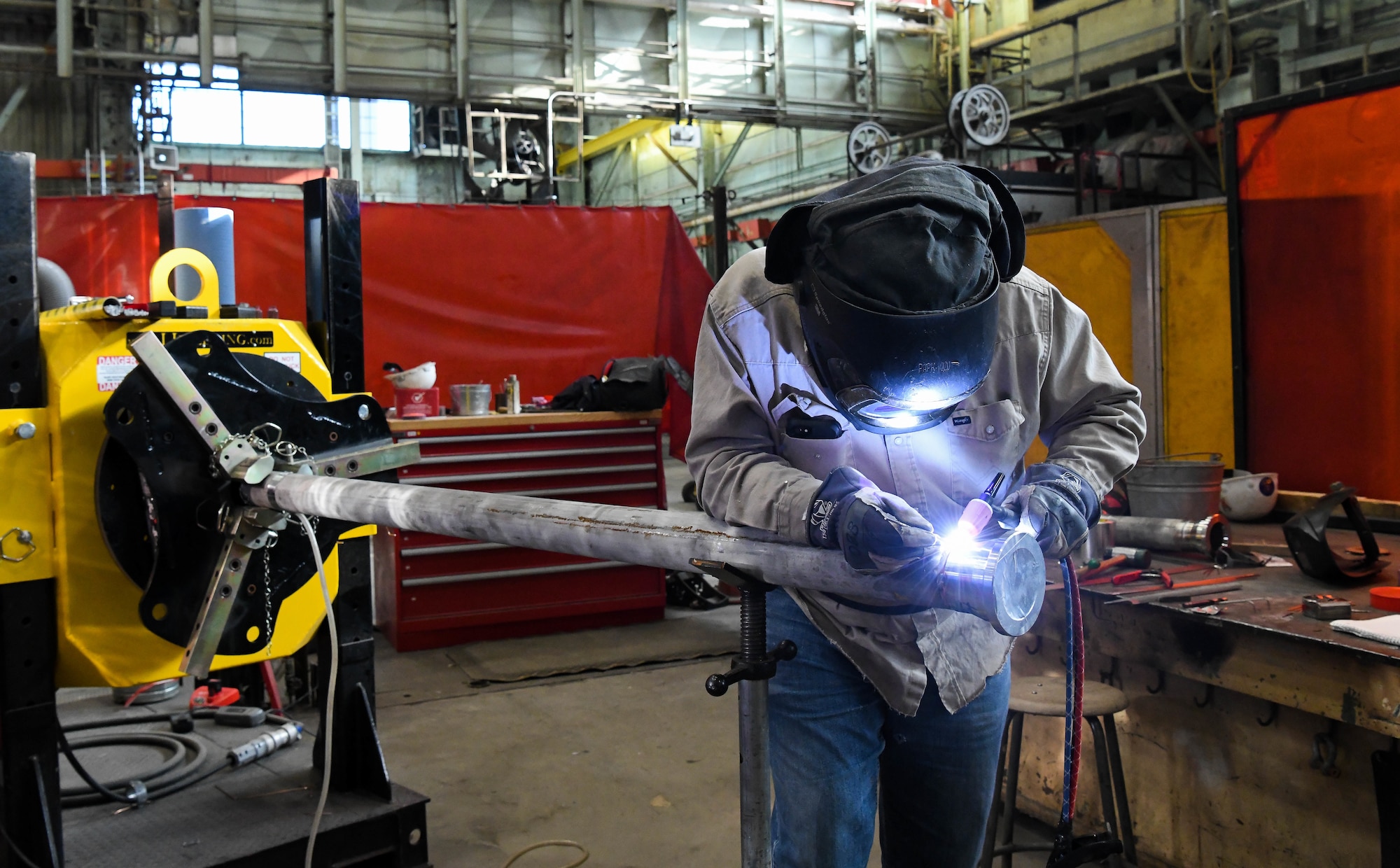Optimizing Your Welding WPS: Methods for Improved Efficiency and Effectiveness
Optimizing Your Welding WPS: Methods for Improved Efficiency and Effectiveness
Blog Article
The Ultimate Guide to Welding WPS Procedures: A Thorough Overview for Welders
In the intricate world of welding, Welding Treatment Specs (WPS) work as the backbone of guaranteeing high quality, consistency, and safety in welding procedures. Comprehending the subtleties of producing, executing, and monitoring WPS treatments is necessary for welders looking to boost their craft and fulfill market requirements. As we explore the numerous parts of a WPS and explore the intricacies of credentials and qualification, we will certainly reveal the crucial role these treatments play in the world of welding. Allow's start a trip to untangle the intricacies and significance of WPS treatments in welding practices.
Importance of WPS Procedures
Understanding the significance of Welding Treatment Specs (WPS) procedures is critical for making certain the high quality and integrity of welded structures. WPS treatments function as a roadmap for welders, laying out the essential actions, parameters, and products required to accomplish a sound weld. By adhering to WPS guidelines, welders can make certain consistency in their work, causing reputable and structurally sound welds.
One of the key reasons why WPS treatments are necessary is their duty in keeping weld high quality and stability. Complying with the defined welding parameters and strategies detailed in the WPS assists avoid problems such as porosity, fracturing, or incomplete combination, which can endanger the stamina and sturdiness of the weld.

Parts of a WPS
A Welding Treatment Spec (WPS) commonly makes up important parts that information the specific needs for executing a weld, making sure uniformity and high quality in the welding procedure. The key components of a WPS include necessary variables such as base metals, filler steels, interpass and preheat temperature levels, welding processes, securing gases, welding settings, and post-weld warmth therapy requirements.
Base steels describe the materials being signed up with, while filler steels are made use of to fill up the space between the base metals during welding. Preheat and interpass temperature levels are vital for controlling the heat input and preventing problems like splitting or distortion. The welding process lays out the specific technique to be utilized, whether it's gas steel arc welding (GMAW), protected metal arc welding (SMAW), or another approach. Protecting gases safeguard the weld pool from climatic contamination. Welding placements define the orientations in which welding can be executed. Post-weld warm treatment may be required to relieve tensions and boost the weld's residential properties. A comprehensive understanding of these parts is vital for developing a thorough and effective WPS.

Credentials and Certification
Having established the important parts of a Welding Treatment Spec (WPS), the emphasis now moves in the direction of the essential aspects of certification and accreditation in welding practices.

Qualification, on the other hand, is the official acknowledgment of a welder's qualifications by a relevant accreditation body or company. Welding qualifications are typically based upon the certain welding processes, materials, and placements a welder is qualified to function with. Holding a valid welding qualification shows that a welder meets sector standards and is skilled to execute welding tasks to the required specs.
Creating a WPS
To establish a Welding Treatment Specification (WPS) that fulfills market requirements, mindful factor to consider of welding processes, materials, and operational parameters is important. The first step in creating a WPS is hop over to these guys to determine the welding procedure to be made use of, such as gas steel arc welding (GMAW) or shielded steel arc welding (SMAW)

Implementing and Keeping Track Of WPS
Upon completing the detailed Welding Procedure Spec (WPS) that meticulously information welding processes, products, operational criteria, and top quality guarantee steps, the focus shifts to efficiently executing and keeping an eye on the well-known procedures. Implementation includes guaranteeing that all welders involved in the project are familiar with the WPS and follow it diligently throughout the welding procedure. Reliable implementation and tracking of the WPS are important for making sure the integrity, toughness, and security of the bonded joints, inevitably contributing to the general success of the welding project.
Conclusion
Finally, understanding and complying with Welding Treatment Requirements (WPS) is critical for welders to make certain top quality, consistency, and safety and security in their job. By knowing the components of a WPS, getting proper credentials and qualifications, creating comprehensive procedures, and implementing and checking them effectively, welders can boost their skills and effectiveness in welding practices. Complying with WPS treatments is important for generating high-grade welds and meeting sector criteria.
In the detailed world of welding, Welding Treatment Requirements (WPS) offer as the foundation of guaranteeing top quality, uniformity, and security in welding procedures. The welding process click here to find out more describes the details technique to be used, whether it's gas steel arc welding (GMAW), secured metal arc welding (SMAW), or another technique.To establish a Welding Treatment Requirements (WPS) that fulfills industry standards, mindful factor to consider of welding processes, products, and functional criteria is important. The first action in creating a WPS is to recognize the welding procedure to be utilized, such as gas steel arc welding (GMAW) or secured metal arc welding (SMAW)Upon completing the extensive Welding Procedure Requirements (WPS) that carefully details welding processes, products, operational parameters, and top quality guarantee measures, the focus moves to properly executing and checking the well established procedures.
Report this page